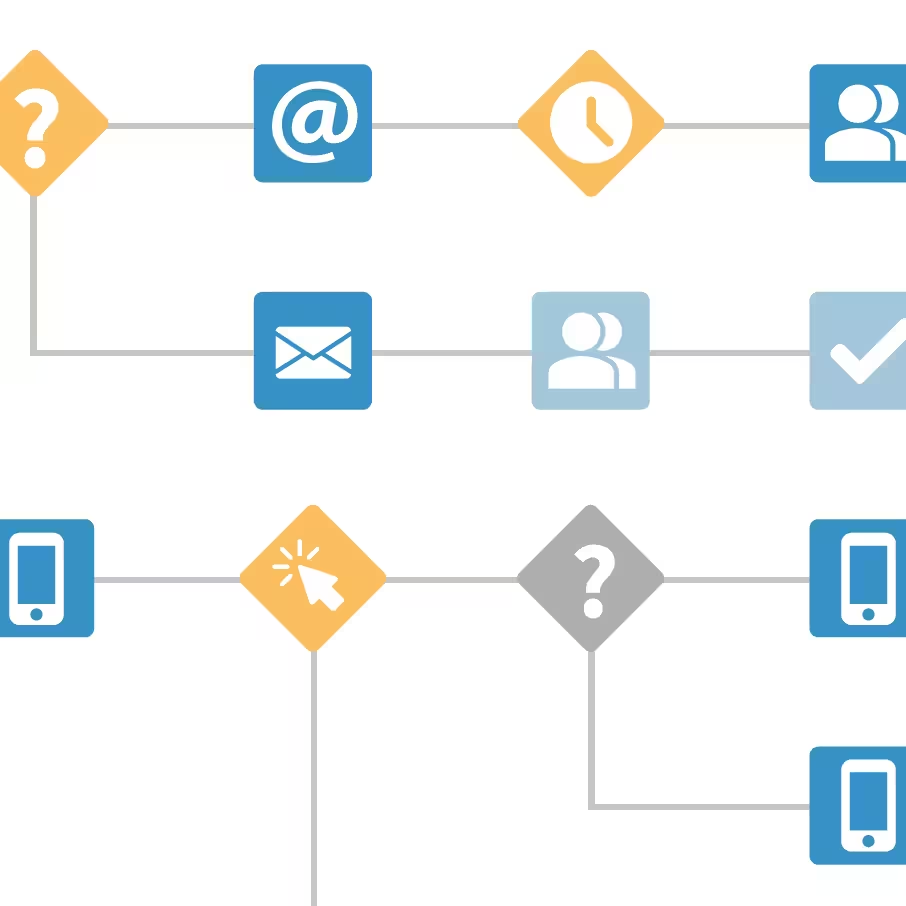WhatsApp is back! At least a bit...
We email marketers often justify the importance of our channel with the wisdom: “Everyone who buys online also has an email address.” That may still be true in 2021, although there are now certainly online shops that no longer send transactional emails and instead rely on push messages or confirmations via a messenger service.

How WhatsApp opens up new opportunities for multichannel marketing
However, messenger services are highly attractive not only for confirmation messages, but especially for marketing communication, especially the top dog WhatsApp. Because in Germany alone, the messenger by around 80 percent of smartphone users used. In certain target groups, the distribution is even greater: According to Statista, 97 percent of 18 to 29-year-olds use Messenger. WhatsApp's reach is therefore huge. Another advantage: Push messages that reach the customer via the lock screen directly generate a high level of attention — and there is also no spam filter. Push messages are particularly ideal for information that should reach the recipient in an up-to-date and timely manner, such as a price alert or an important news update.
It is therefore no wonder that numerous Companies used the messenger for advertising communication in the past — with very good conversion rates (sometimes up to 90% open rate and 30% click rate). Until WhatsApp banned the sending of newsletters via the broadcast function in 2019. That's it then. Until now!
Everything new? What options WhatsApp offers marketers again
Since June 2021, WhatsApp has once again changed its user settings and is once again allowing companies to communicate more actively. The WhatsApp messenger can be used for marketing purposes via the WhatsApp Business API. A distinction is made between user-initiated messages, i.e. when customers contact the company directly — as with traditional customer service — and business-initiated messages. The latter are messages that companies can proactively send to their customers — provided they have given their consent beforehand. These include:
- Product recommendations based on recent purchases
- Relevant offers
- “Back in stock” alerts
- Reminder for a reorder
- Price or news alerts that customers can sign up for
This means that everything that is sent via email, app push, SMS or direct print in CRM/lifecycle marketing for customer loyalty, to convert prospects to customers or for upselling, cross-selling and re-engagement purposes is now potentially also possible via WhatsApp.
Where is the catch?
One thing WhatsApp remains unchanged about: The sending of unpersonalized mass messages is still prohibited. In order to send business-initiated messages, companies must create templates that are checked and approved by WhatsApp. And sending messages is not free: A message currently costs around 0.07 euros. These costs for a WhatsApp message are comparatively low compared to SMS, which cost an average of between 0.07 and 0.18 euros per message — but of course expensive compared to e-mail.
What else is important
In the marketing mix, it is therefore necessary to consider which channel is used most sensibly at which point in the customer life cycle. This increases the chances of reaching every contact on the right channel for him or her. Specialized providers such as Messenger People help, or you use a multichannel marketing tool that supports integration, such as HubSpot or Salesforce Marketing Cloud, which has been running since February 2021 Have integrated WhatsApp as a channel in the customer journey.
And don't forget: Companies still need their own opt-in from their users in order to be able to send business-initiated messages. The opt-ins must comply with the guidelines of the WhatsApp Opt-in Policy and the GDPR. In addition, companies must offer an easy way to opt out.
Conclusion:
The (partial) reopening of WhatsApp for marketing content offers many opportunities to send diverse and promotional content to contacts. In any case, it makes sense not to use the messenger as the only communication channel, but to integrate it as an addition to the marketing mix.












